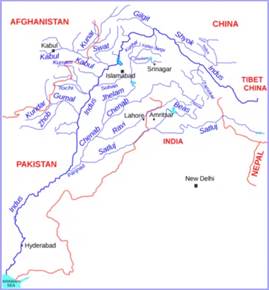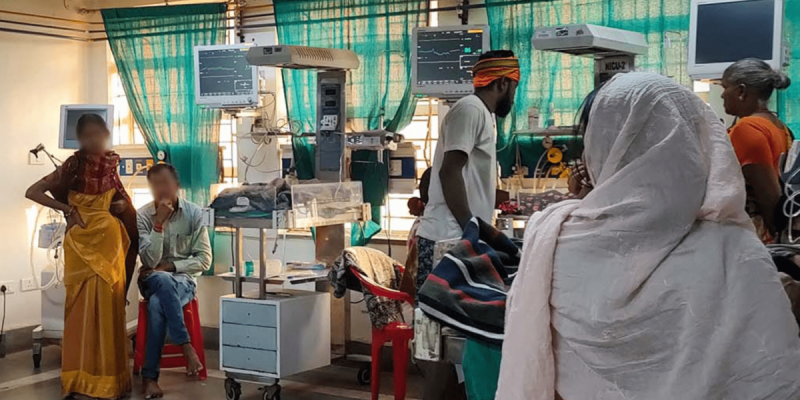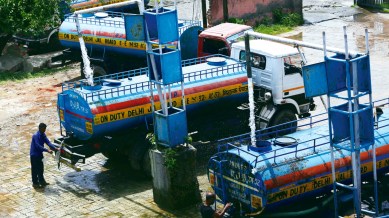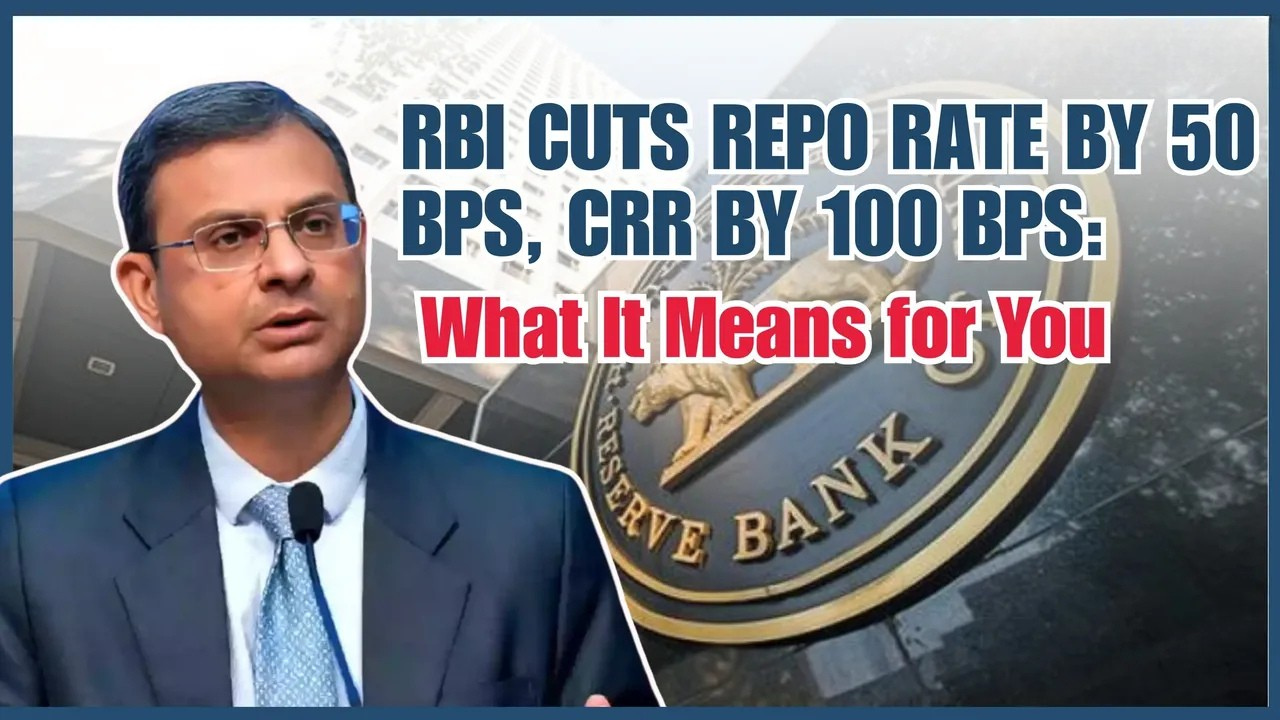- Courses
- GS Full Course 1 Year
- GS Full Course 2 Year
- GS Full Course 3 Year
- GS Full Course Till Selection
- MEP (Mains Enrichment Programme) Data, Facts
- Essay Target – 150+ Marks
- Online Program
- GS Recorded Course
- NCERT- First Ladder
- Polity
- Geography
- Economy
- Ancient, Medieval and Art & Culture AMAC
- Modern India, Post Independence & World History
- Environment
- Governance
- Science & Technology
- International Relations and Internal Security
- Disaster Management
- Ethics
- Current Affairs
- Indian Society and Social Issue
- CSAT
- 5 LAYERED ARJUNA Mentorship
- Public Administration Optional
- ABOUT US
- OUR TOPPERS
- TEST SERIES
- FREE STUDY MATERIAL
- VIDEOS
- CONTACT US
World’s Highest Chenab Railway Bridge Inaugurated
World’s Highest Chenab Railway Bridge Inaugurated
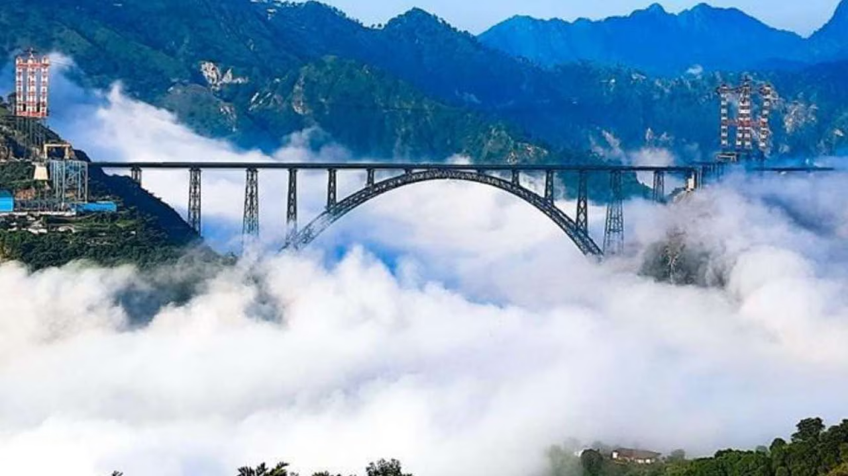
- In June 2025 Prime Minister of India inaugurated the world’s highest Chenab Rail Bridge in Reasi district, Jammu & Kashmir.
- Earlier, the Union Government has also confirmed that the Salal-Haimana area in Jammu and Kashmir’s Reasi district holds significant resources of lithium and titanium.
- It is a railway arch bridge.
- Its completion, particularly following events like "Operation Sindoor" in May 2025, highlights India's commitment to development and connectivity in Jammu & Kashmir amidst security challenges.
Geographical Relevance:
- Location:
- Spans the Chenab River in the Reasi district of Jammu & Kashmir.
- Connects Bakkal and Kauri villages, crossing a deep gorge.
- Geography:
- Altitude: Stands at 359 meters (1,178 feet) above the river, making it 35 meters taller than the Eiffel Tower (Paris, 324 meters).
- Terrain: Located in the Himalayas, characterized by ruggedness, steep mountain slopes, and a challenging landscape.
- The Chenab River Gorge is one of the deepest in the region.
- A gorge is a deep channel formed by a river that has eroded the earth's crust over millions of years.
- Some gorges are so large they are visible from space.
- One of the most famous is the Grand Canyon.
- Climate and Terrain Challenges:
- Experiences extreme weather conditions (temperatures from -20°C to 40°C).
- Prone to landslides, earthquakes (Seismic Zones IV/V), and harsh winters.
- Required carving 26 km of access roads and digging tunnels to reach the remote construction site.
- Strategic Importance (Geographical):
- Offers an all-weather rail link to the Kashmir Valley, which is frequently cut off during winter.
- Provides an alternative to the often-disrupted Jammu–Srinagar highway.
What is Seismic Zones IV and V: What Do They Mean?
Example: India’s Seismic Zoning:In India, the Bureau of Indian Standards divides the country into seismic zones I to V:
Buildings in Zones IV and V need to follow stricter codes to ensure safety against potential earthquakes. |
Technical and Structural Features:
- World’s Highest Railway Bridge: Its deck is 359 meters above the Chenab River, necessary to clear the deep gorge and ensure floodwater clearance. Project began in 2004, completed in 2022.
- Length and Arch Span:
- Total Length: 1,315 meters (1.315 km).
- Arch Span: 467 meters (1,532 feet) steel arch, one of the longest constructed globally.
- Resilience Features:
- Wind Resistance: Engineered to withstand wind speeds up to 260-266 km/h, aerodynamic studies ensured stability.
- Lifespan and Maintenance:
- Design Life: 120 years.
- Monitoring: Continuous monitoring via an advanced health monitoring system.
- Maintenance Access: Includes elevators inside piers and walkways.
- Global Collaboration:
- Lead: Konkan Railway Corporation Ltd.
- Construction: Joint venture of Afcons Infrastructure, VSL India, and Ultra Construction (South Korea).
Strategic and Infrastructure Importance
The bridge holds immense strategic and socio-economic significance beyond its engineering prowess.
- Udhampur–Srinagar–Baramulla Railway Link (USBRL):
- The bridge is a key part of the USBRL project, which will connect Jammu & Kashmir to the Indian Railways network.
- The USBRL spans 272 km, with 36 tunnels and 943 bridges.
- The Chenab Bridge specifically connects Katra (in Jammu) to Banihal (in the Kashmir Valley).
- National Integration:
- Provides all-weather connectivity to the Kashmir Valley, reducing isolation.
- Reduces travel time between Katra and Srinagar to just 3 hours (from 6-8 hours by road).
- National Security and Strategic Logistics:
- Enhances military logistics, enabling rapid movement of troops and supplies to Jammu & Kashmir.
- Crucial for faster relief operations and troop deployments during emergencies (natural disasters or conflicts).
- Economic Development:
- Promotes trade and tourism in Jammu & Kashmir.
- Facilitates transportation of horticultural products (apples, saffron) and handicrafts to national markets.
- The bridge itself is expected to become a major tourist attraction.
- Socio-Economic Benefits:
- Better Connectivity: Enhances locals' access to education, healthcare, and employment in Jammu and Srinagar.
- Job Creation: Significant local employment generated during construction and operation.
- Tourism Boost: Revitalizes the local economy through hospitality services.
About Chenab River:
|
ENSURE IAS Prelims Questions:Q: Consider the following statements regarding the Chenab Rail Bridge:
Which of the above statements are correct? Answer: B Explanation:
|
ENSURE IAS Mains Question :Q: The inauguration of the Chenab Rail Bridge in Jammu & Kashmir marks a significant progress in India’s infrastructure development and strategic connectivity. Discuss the strategic, socio-economic, and engineering challenges involved in constructing the Chenab Rail Bridge, and analyze its potential impact on the region’s integration, security, and economic development. (250 Words) |

